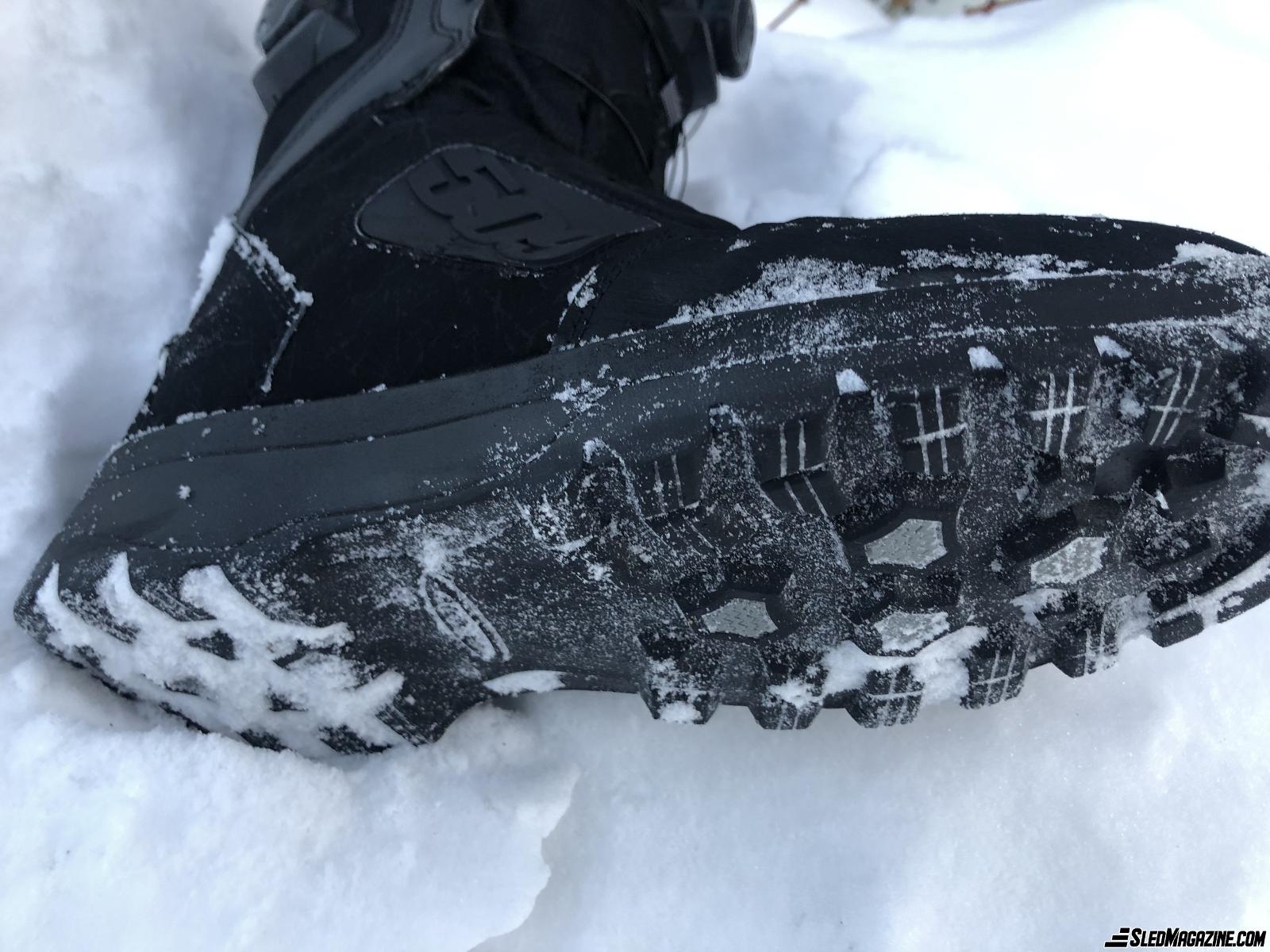For the 2020 season, I was lucky enough to have 509’s Raid Laced boots on trial. This winter, 509 provided me with a pair of Raid Boa which is the high end version of the Raid boot. This one is equipped with the patented Boa binding system. So I’ll play the game of comparing them.
First of all, during my tests, I stayed dry, warm and comfortable. These boots fit high on the leg, offer good support and protection for the ankles. The sole sticks solidly to the snowmobile’s running boards, which is one of the most important aspects for me when selecting a pair of boots.
509 promises an excellent durability of their products and I had the pleasure to put them to the test all winter long on and off the trail. All this without any reliability problem.
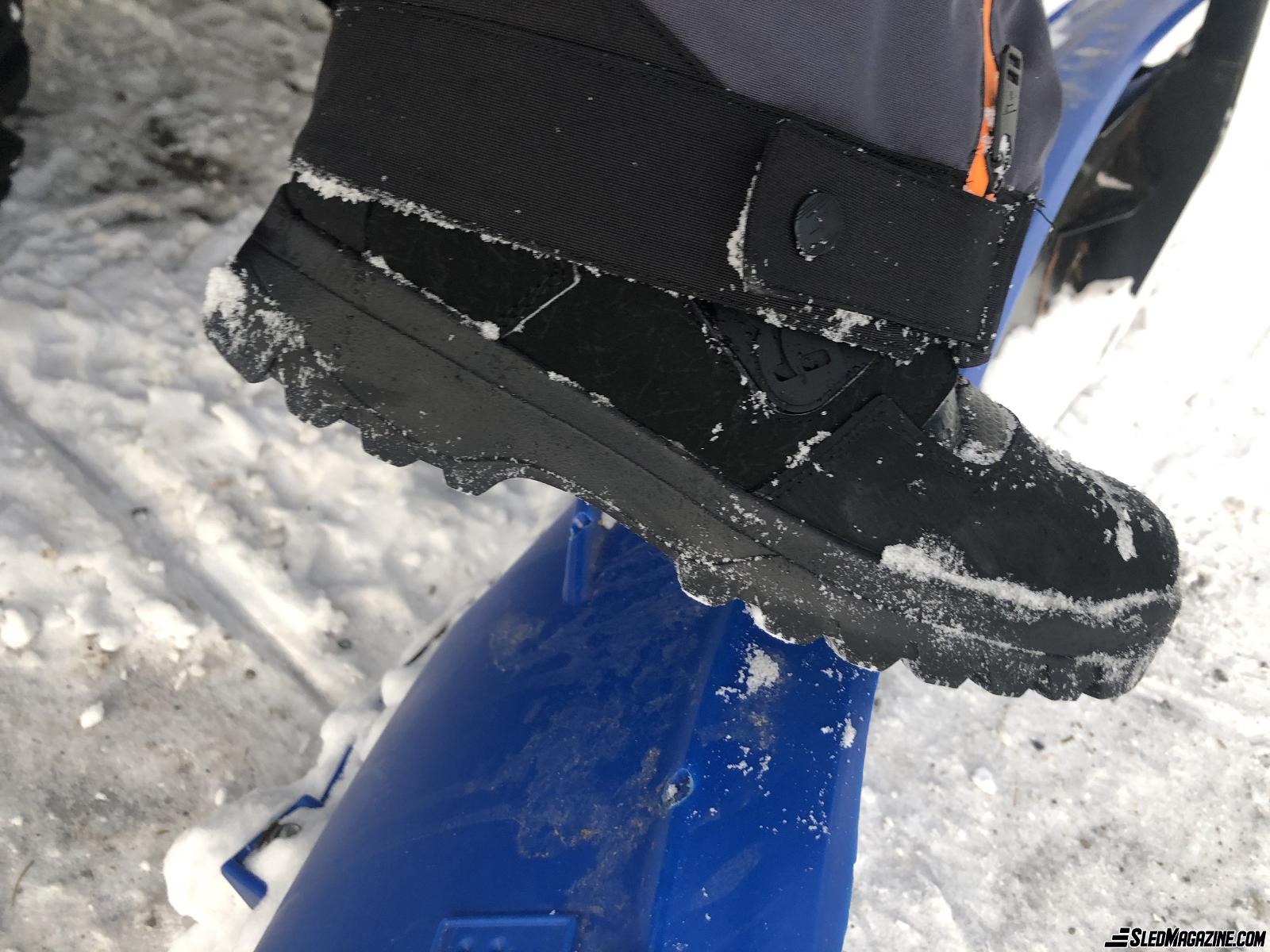
Also, these boots perform well, I didn’t get cold all winter. However, I must admit that I choose my pair of socks according to the conditions. The humidity level inside is very well controlled: I never felt uncomfortable putting my boots back on after a break or the day after a ride. It is however an active boot, it is not the kind of boot to stay static: it is made to be comfortable in sporty situations. Also, these boots are equipped with a D-clip to securely fasten your pants to your boots.

The laced version of the boot offers excellent quality-price ratio. This one offers a robust construction and is rigid enough to protect us well. However, the laces of this one are very long and can be untied easily. I make sure that they are buried deep under the bottom of my pants. There is always the possibility to replace the laces by others with more “grip”. This is to make sure they stay attached longer.
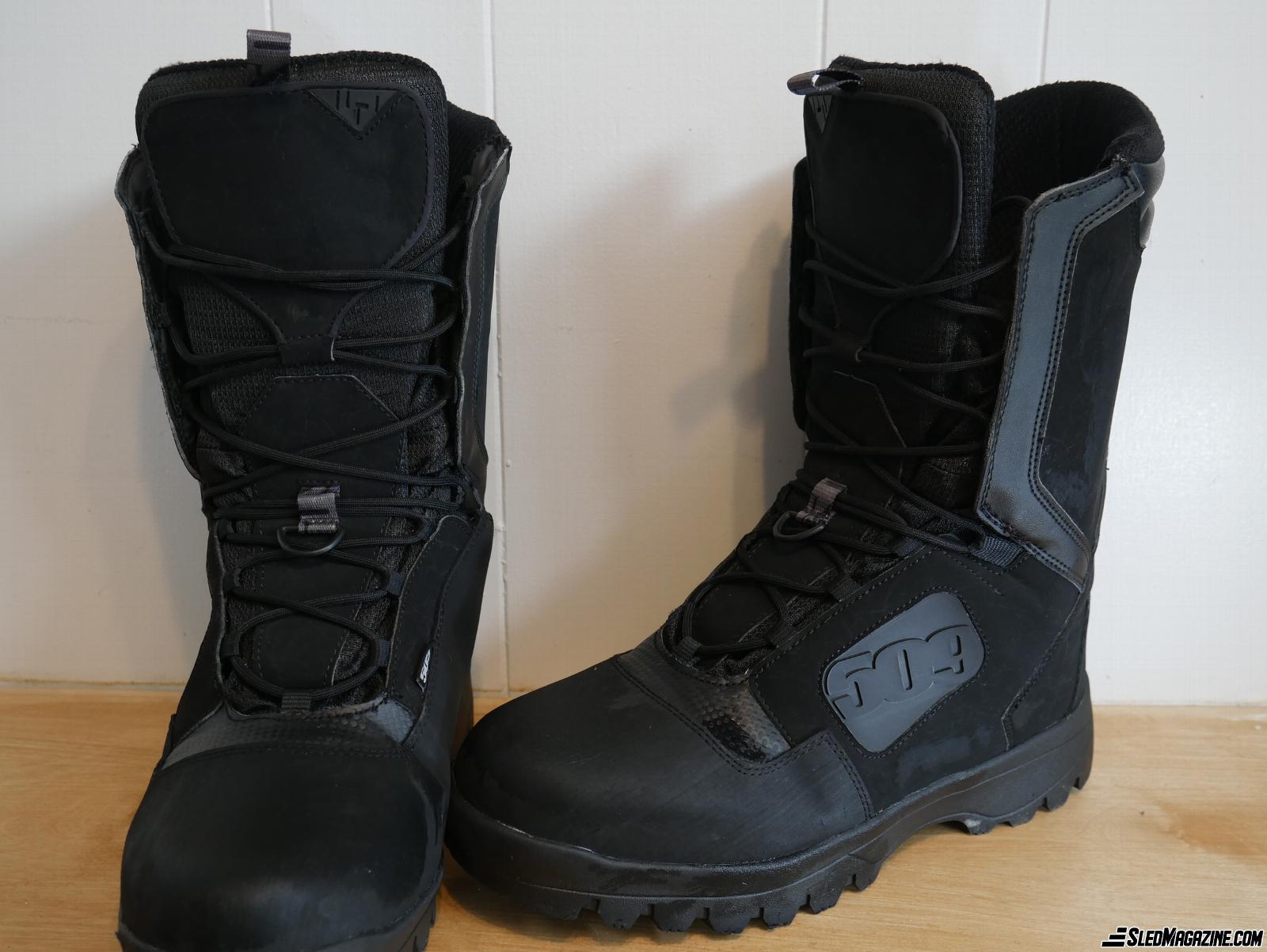
The Boa version has all the advantages of the Raid Laced boot: warm, durable and safe, plus the possibility of being stiffer, because the double Boa system is very effective. It is possible to adjust the pressure exerted by the system independently from the bottom and the top of the boot. This allows you to be at ease according to the comfort desired at the foot and leg.

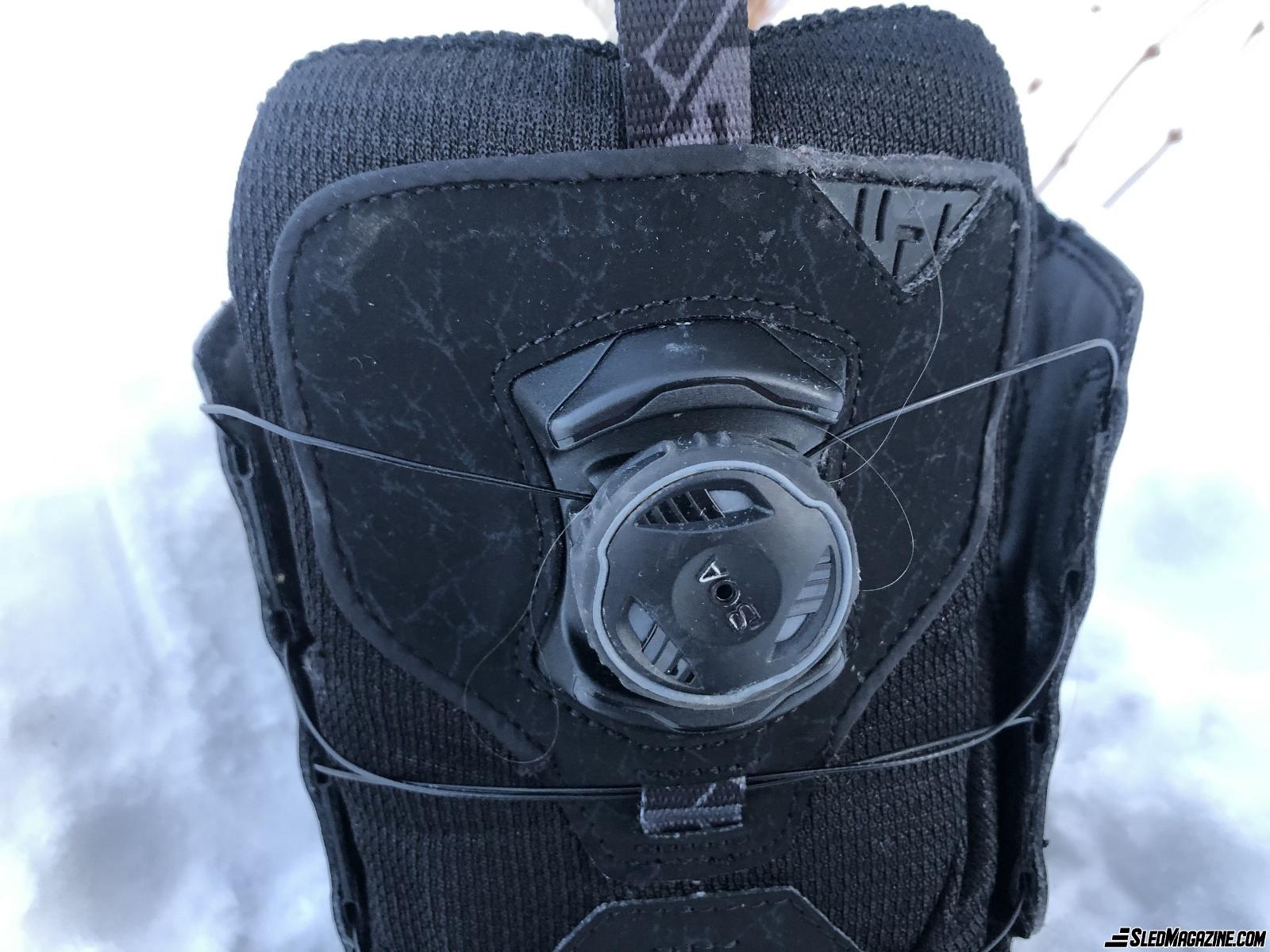
Another advantage is that the Boa boot is faster to remove. The problem is the price: they are almost $140 more expensive. Also, if the system breaks, it is much harder to repair on the mountain than a pair of standard laces that were cut on a footboard. I recommend carrying gray tape in case this happens. Also, the Boa system takes up a little more space under your pants. It’s a little more difficult to get it on over the boot than on the laced version.
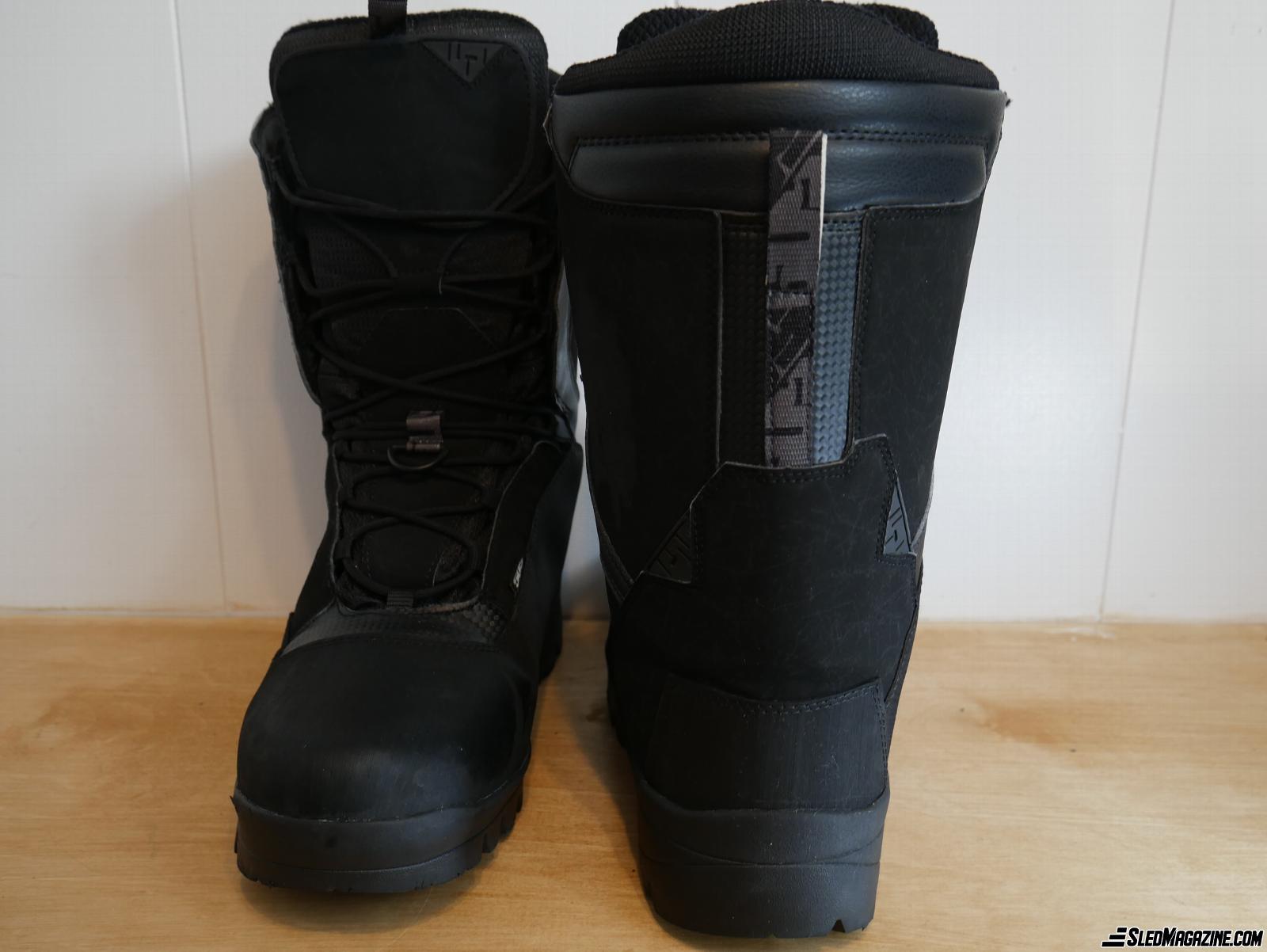
Finally, they are both excellent boots in sport condition. I am impressed with the initial quality and durability of these. I loved trying them out and would definitely recommend them.
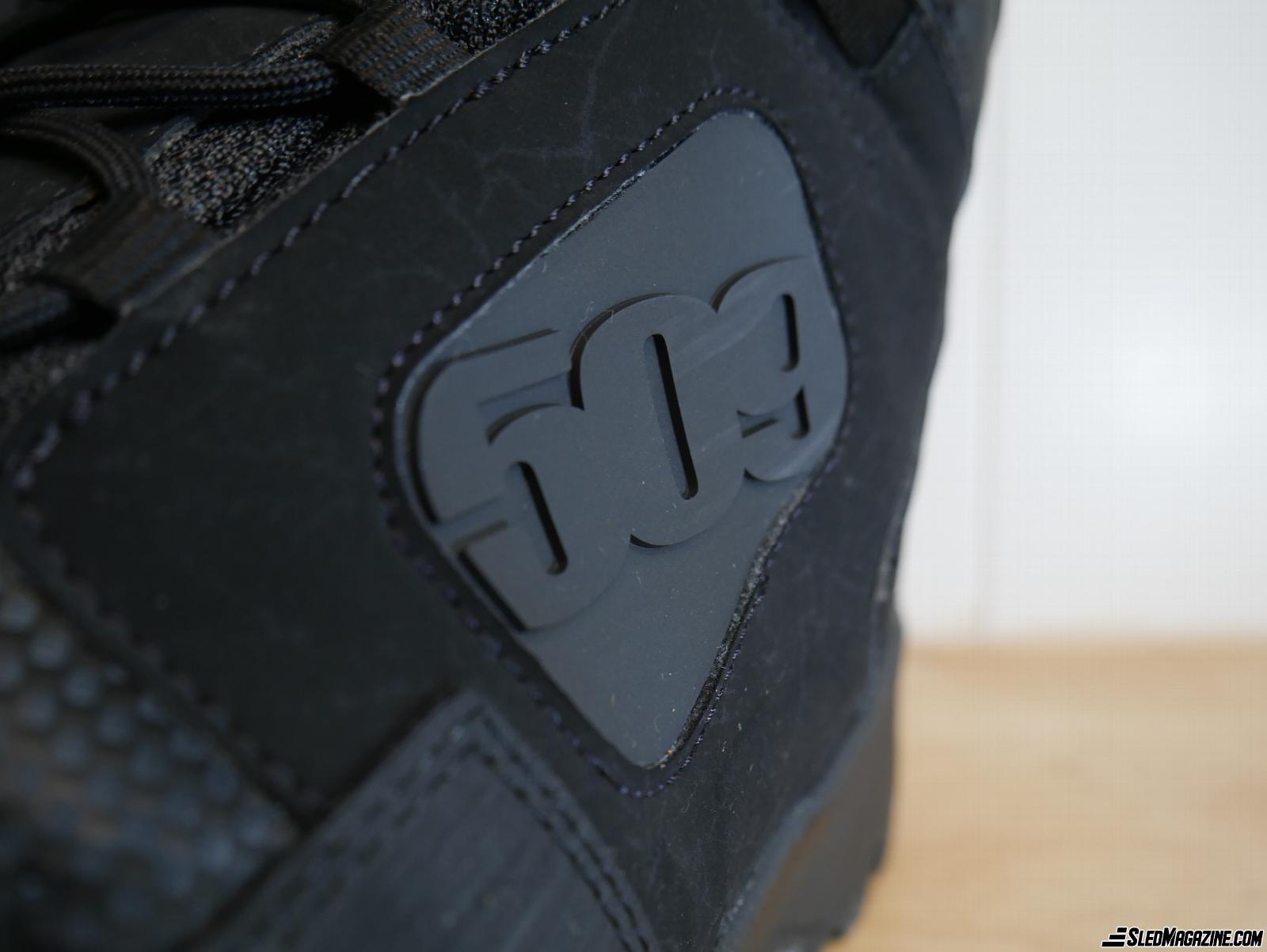
Thanks to 509 for making these tests possible.

